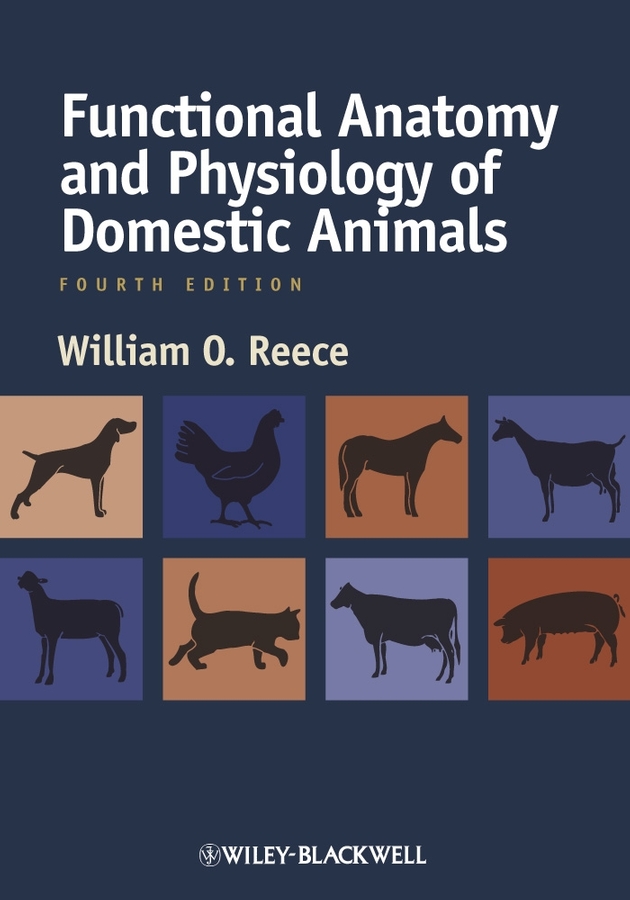

Edition first published 2009
2009 Wiley-Blackwell
Blackwell Publishing was acquired by John Wiley & Sons in February 2007. Blackwells publishing program has been merged with Wileys global Scientific, Technical, and Medical business to form Wiley-Blackwell.
Editorial Office
2121 State Avenue, Ames, Iowa 50014-8300, USA
For details of our global editorial offices, for customer services, and for information about how to apply for permission to reuse the copyright material in this book, please see our website at www.wiley.com/wiley-blackwell.
Authorization to photocopy items for internal or personal use, or the internal or personal use of specific clients, is granted by Blackwell Publishing, provided that the base fee is paid directly to the Copyright Clearance Center, 222 Rosewood Drive, Danvers, MA 01923. For those organizations that have been granted a photocopy license by CCC, a separate system of payments has been arranged. The fee codes for users of the Transactional Reporting Service are ISBN-13: 978-0-8138-1451-3/2009.
Designations used by companies to distinguish their products are often claimed as trademarks. All brand names and product names used in this book are trade names, service marks, trademarks or registered trademarks of their respective owners. The publisher is not associated with any product or vendor mentioned in this book. This publication is designed to provide accurate and authoritative information in regard to the subject matter covered. It is sold on the understanding that the publisher is not engaged in rendering professional services. If professional advice or other expert assistance is required, the services of a competent professional should be sought.
Disclaimer
The contents of this work are intended to further general scientific research, understanding, and discussion only and are not intended and should not be relied upon as recommending or promoting a specific method, diagnosis, or treatment by practitioners for any particular patient. The publisher and the author make no representations or warranties with respect to the accuracy or completeness of the contents of this work and specifically disclaim all warranties, including without limitation any implied warranties of fitness for a particular purpose. In view of ongoing research, equipment modifications, changes in governmental regulations, and the constant flow of information relating to the use of medicines, equipment, and devices, the reader is urged to review and evaluate the information provided in the package insert or instructions for each medicine, equipment, or device for, among other things, any changes in the instructions or indication of usage and for added warnings and precautions. Readers should consult with a specialist where appropriate. The fact that an organization or Website is referred to in this work as a citation and/or a potential source of further information does not mean that the author or the publisher endorses the information the organization or Website may provide or recommendations it may make. Further, readers should be aware that Internet Websites listed in this work may have changed or disappeared between when this work was written and when it is read. No warranty may be created or extended by any promotional statements for this work. Neither the publisher nor the author shall be liable for any damages arising herefrom.
Library of Congress Cataloguing-in-Publication Data
Reece, William O.
Functional anatomy and physiology of domestic animals / William O. Reece.4th ed.
p. cm.
Includes bibliographical references and index.
ISBN 978-0-8138-1451-3 (pbk. : alk. paper)
1. Veterinary physiology. 2. Veterinary anatomy. I. Title.
SF768.R44 2009
636.0892dc22 2008040236
A catalogue record for this book is available from the U.S. Library of Congress.
TO MY DECEASED WIFE
Shirley Ann
AND THE LEGACY OF OUR MARRIAGE, OUR CHILDREN:
Mary Kay
Kathy Ann
Barbara Jean
Sara Lucinda
Anna Marie
Susan Theresa
William Omar, II
Preface 
Functional Anatomy and Physiology of Domestic Animals is directed toward undergraduate students seeking a basic understanding of domestic animal anatomy and physiology. It assumes a basic background in biology and a strong interest by students wanting a greater understanding of animal systems. Now in its fourth edition, this text will continue to be of particular interest to preveterinary students, veterinary technician/technology students, and students in animal science and other animal-related majors and is an excellent bridge to other books required for greater depth of understanding. Experience with the first three editions and user comments have guided efforts for this revision.

RECOGNITION OF ANATOMY CONTENT
Functional anatomy refers to the concurrent presentation of anatomy (both microscopic and gross) with physiology to achieve a better appreciation of their interconnection. It does not presume in-depth coverage of anatomy nor its coverage preceding the presentation of physiology. Called Physiology of Domestic Animals in its first and second editions, this text was renamed with the third edition to provide greater recognition for users of its anatomy content.
The first chapter, Basics of Structure and Function, added in the third edition, has been a useful introduction to the chapters that follow. This chapter includes topics on cell structures and functions, energy production, functions of DNA and RNA, embryology, tissues, directional terms and planes, and body cavities.

KEY FEATURES
Contents
In addition to chapter titles, the primary headings for each chapter are now included. This will provide visibility for the focus of each chapter.
Chapter Outline
A further review of the content is provided at the beginning of each chapter in the form of an outline of primary and secondary headings.
Study Aids
Each of the first-order headings within the text is immediately followed by study aids in the form of questions or take note statements for which the answers or important concepts are revealed in the text that follows. When students conscientiously approach the chapter content by seeking the answers to these questions or noting the highlights, what may otherwise be difficult reading and comprehension becomes a productive endeavor. These may also provide a focus for quick review.
Self-Evaluation
These exercises are designed to promote teaching effectiveness and are placed at the end of each chapter. The answers immediately follow the questions. They are intended to reinforce meaningful chapter content and provide a thoughtful review of chapter content.
Clinical Correlates
At many locations throughout the chapters, anatomical or physiological topics are extended with a brief mention of a clinical correlation or note of relevance. These are identified in color where they occur.
Next page

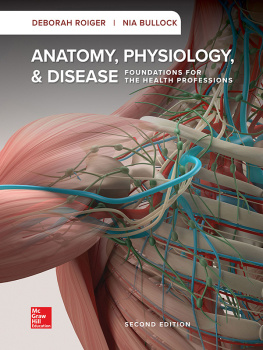
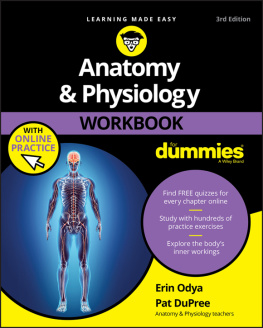
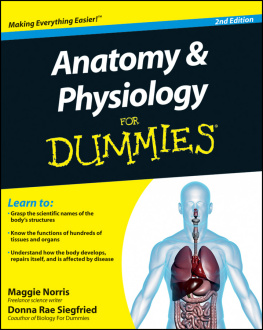
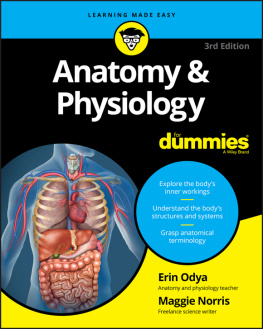


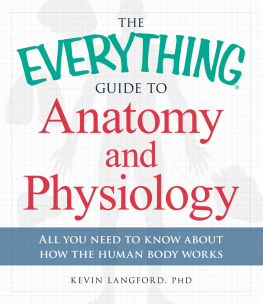

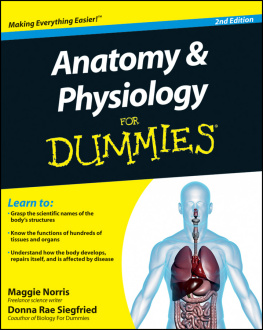



 RECOGNITION OF ANATOMY CONTENT
RECOGNITION OF ANATOMY CONTENT